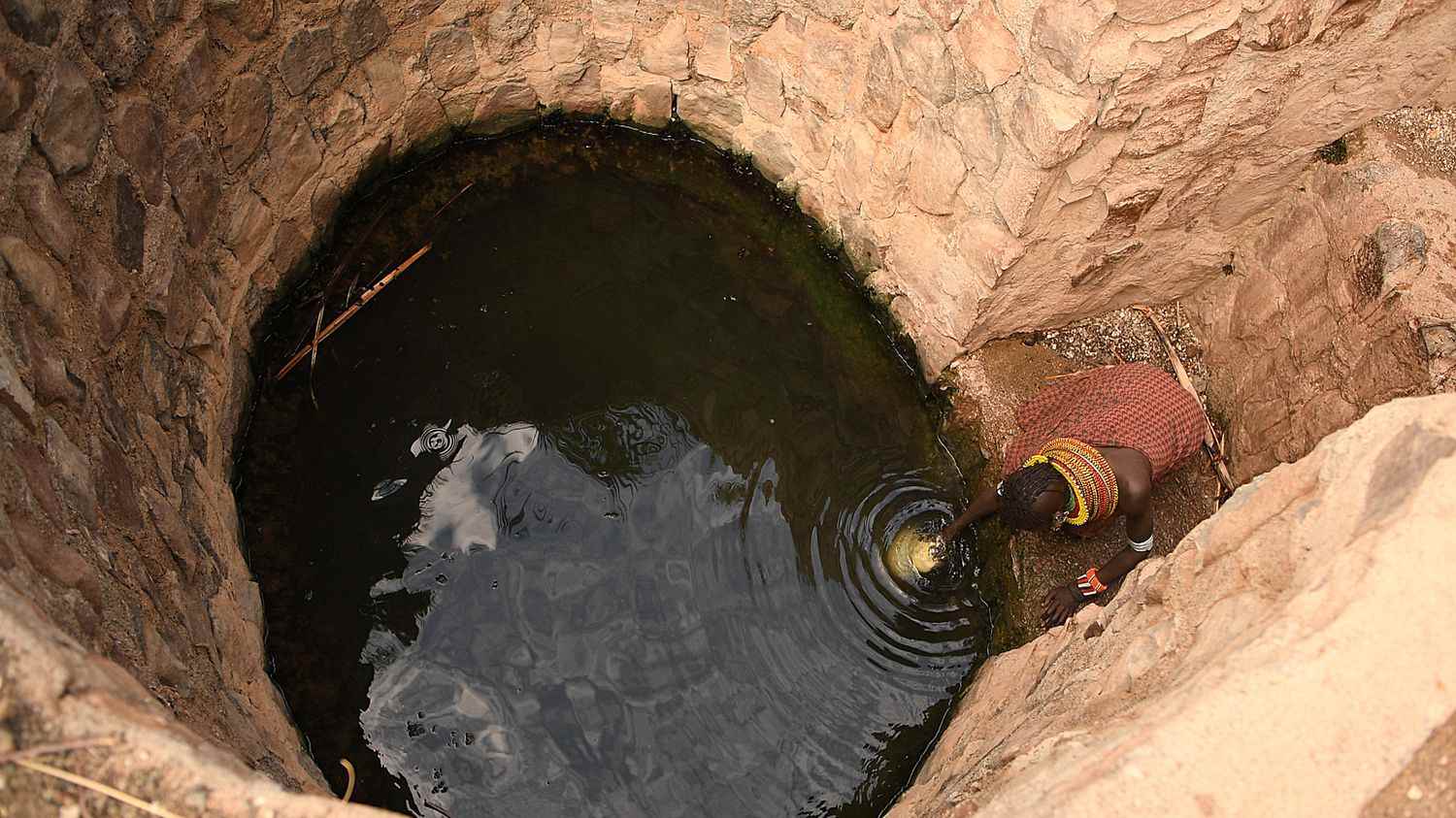Climate change is also felt on the African continent. For several years, natural disasters have multiplied with very different phenomena from one country to another. If in the East of the continent, the Horn of Africa must increasingly face rainy seasons with little or no rainfall, in the West, countries such as Côte d’Ivoire, Niger or Cameroon face flooding which cause great difficulty.
>> “At a time when the climate is racing”, journalists launch a charter for media treatment “at the height of the ecological emergency”
In East Africa, insufficient rains to regenerate groundwater
East Africa is seriously affected by increasing drought phenomena. The Nairobi region in Kenya is one of the most water-scarce regions in the world. This is the consequence of the failure of four consecutive rainy seasons, with little or no rain. The worst drought for 40 years in this region of East Africa, according to specialists. The Horn of Africa, in particular, has already suffered from droughts in the past but before, these phenomena occurred every few years. From now on, it has been three years that the rainy seasons are insufficient and do not allow the regeneration of groundwater. These regions are home to pastoral communities who live off their livestock and crops. They witness the carnage of their herds, which causes great difficulty in feeding children under five, who are deprived of milk. They are the first victims today. More than 10 million children are suffering from the drought in the Horn of Africa.
>> Global warming: “We had never seen giraffes die because of drought”: the image that shocked the world
At this stage, 22 million people are threatened by hunger, mainly in three countries: Somalia, Ethiopia and Kenya. The UN is about to declare famine in Somalia. To declare famine in a country, more than a third of the children must suffer from acute malnutrition, more than two people out of 10,000 die every day and the population does not have access to food. Well, we’re almost there at this point in Somalia. Another example, in Kenya, a country which has always been relatively spared up to now: 800,000 Kenyan children suffer from malnutrition today, which was unthinkable for this country a few years ago.
This drought adds to a global economic context already in crisis. There was also an invasion of desert locusts in this region last year, which ravaged thousands of hectares of plantations. Add to that the covid-19 crisis and the soaring prices linked to the war in Ukraine. It is truly a catastrophic cocktail that the countries of East Africa have been undergoing for several months. Food insecurity is reaching dramatic levels.
West Africa, particularly affected by torrential rains
The African countries most affected by floods are overwhelmingly in West Africa, eight out of 12 in total. According to data from the NatCat service, based in Germany, disasters linked to intense rains have increased sharply since 2006. While the annual rainfall index is not progressing, episodes of very heavy rains, concentrated over a few days, increase significantly and cause more damage. This is what experts call the “hydrological paradox”. Every year, populations are seriously affected by these climatic phenomena. In 2010, floods linked to the rainy season caused significant damage in the sub-region. At least 377 dead, and 1.5 million people affected. These natural disasters are becoming more and more frequent: 2018, then 2020 in Côte d’Ivoire, Burkina, Guinea and Cameroon and finally in 2022, this year, Niger, although known for its dry climate, was particularly affected by the phenomenon. The balance sheet is terrible with 159 dead and more than 225,000 victims. It is one of the deadliest rainy seasons in Niger’s history. And as a problem never comes alone, these bad weather have also favored the appearance of “pest” insects of crops, in a country which is already going through a serious food crisis: more than four million people are in “severe” food insecurity. , or 20% of the population.
Throughout the sub-region, these floods are causing great tension in society. States are regularly accused of not doing enough to prevent them. Due to rampant urbanization, floods cause significant damage in large cities. In 2021, the Ivorian government launched a number of works in the economic capital Abidjan, such as the Sanitation and Urban Resilience Project (PARU), which aims at better water drainage, as well as improved water management. waste that blocks gutters and drains. Other measures are much more criticized and arouse the ire of the inhabitants, such as the expulsion – without a proposal for rehousing – of around 25,000 people living in areas at risk. But the experts agree that these initiatives will not be sufficient without better compliance with town planning and construction rules, without an improvement in soil quality – by promoting agroforestry – and above all, without global action reduction of greenhouse gas emissions, in order to slow down the process of global warming.
